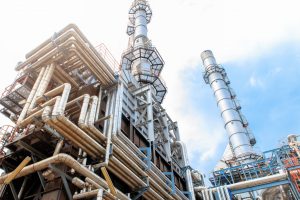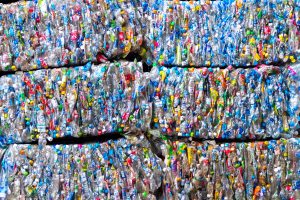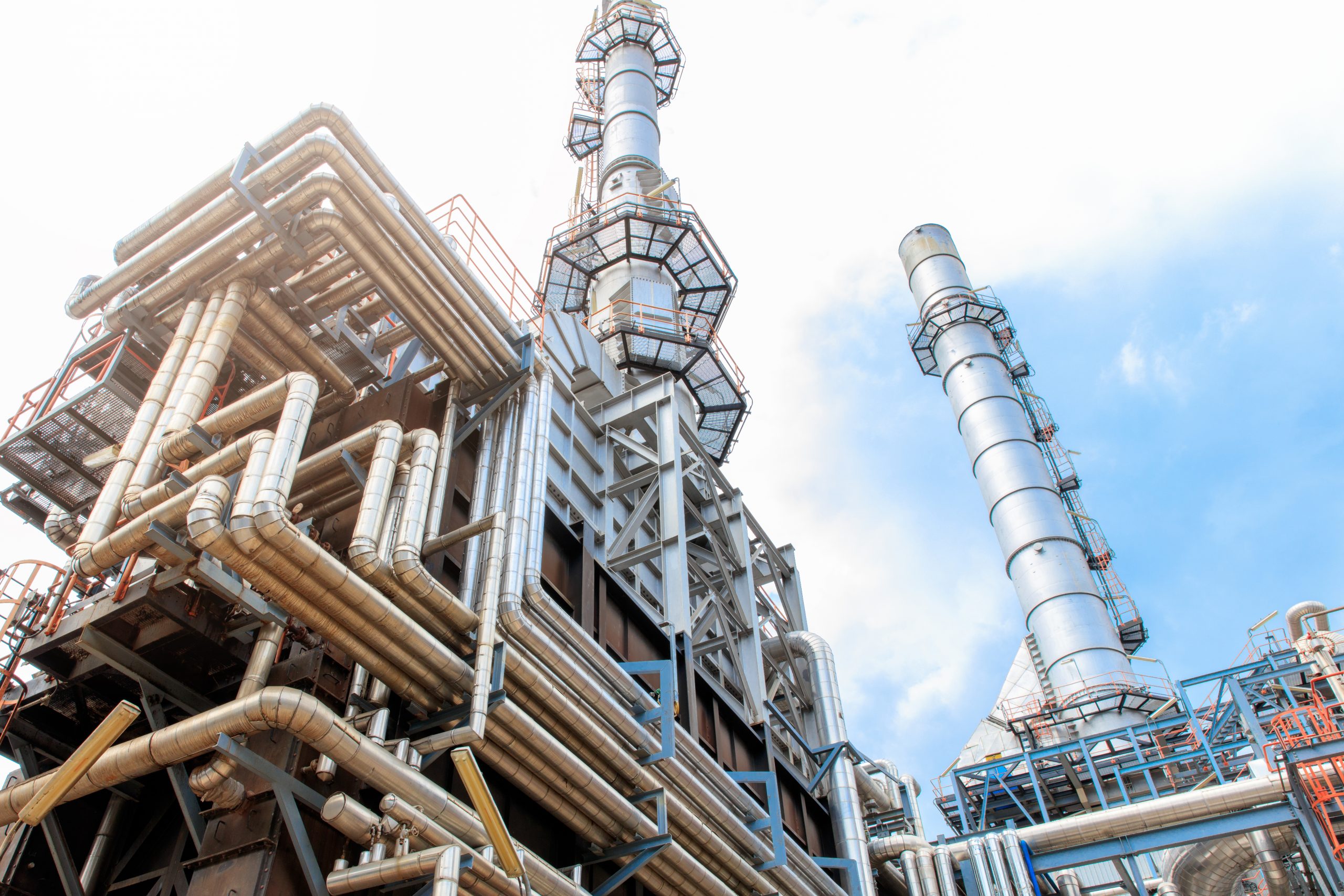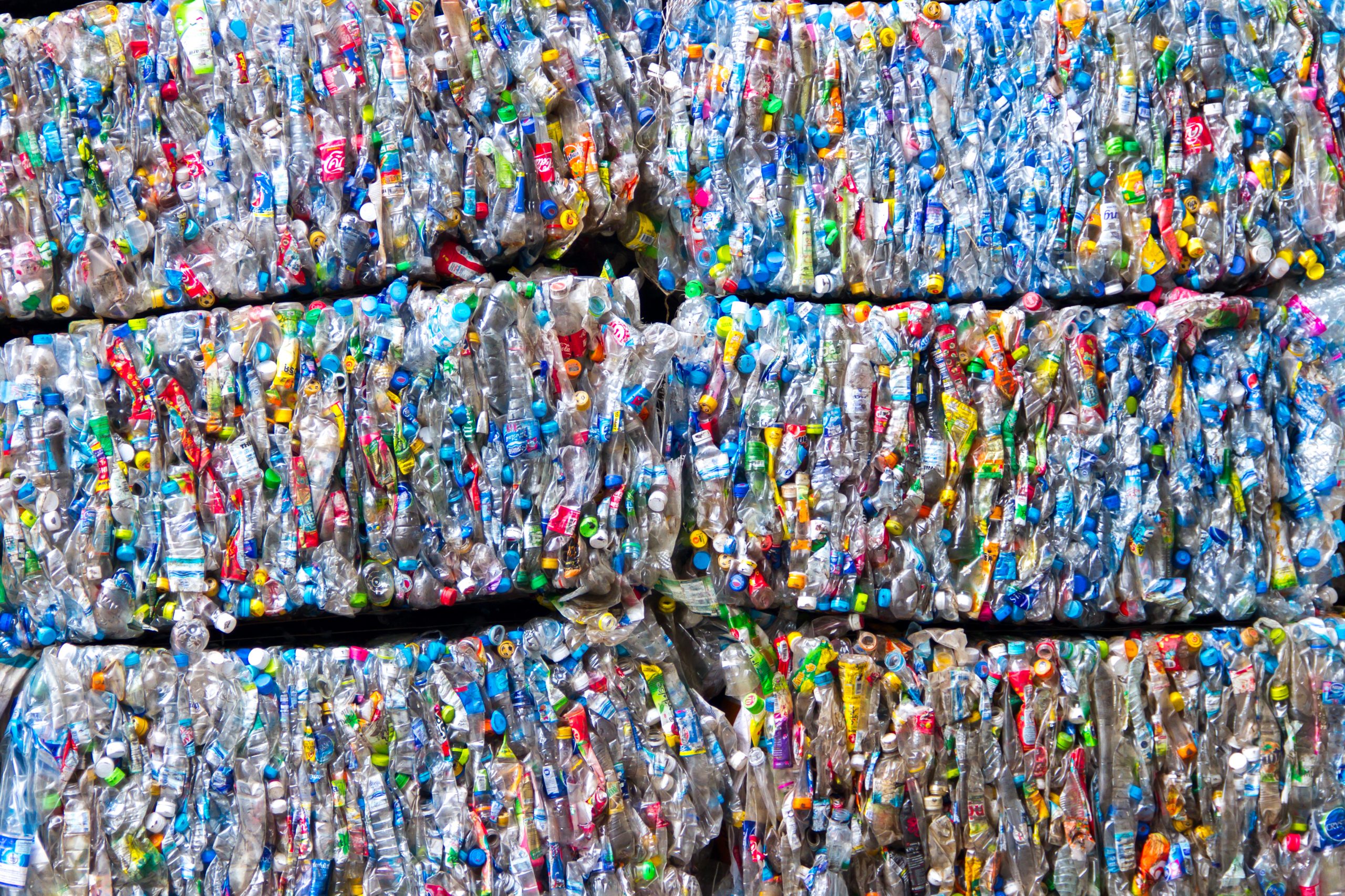Impact of new technologies and chemical manufacturing routes on the petrochemical industry in the United States
To discuss detailed C-THRU research updates, further the team’s knowledge, and promote collaboration, the C-THRU researchers have been holding regular seminars. Dr. David Allen gave a presentation on “Impact of new technologies and chemical manufacturing routes on the petrochemical industry in the United States” in July’s seminar session. In the seminar, Allen introduced his recent work on network modeling of the chemical manufacturing industry.
Allen’s research group are working on network modelling for chemical manufacturing routes. The team have employed a range of analyses to better understand these interconnected networks, tracing them from raw materials through a vast range different processes to the final products.
Feedstock change analysis
One type of analysis the team have carried out focuses on the impact of changes in the feedstock. Natural gas (NG) and natural gas liquids (NGLs) have become more available in the United States and at lower costs. In the last decade, the US chemical industry has responded by increasing their use of NG and NGLs as feedstocks. These changes could significantly influence the structure of the US petrochemical industry. For example, the changing cost in NG and NGLs feedstock will result in new, lower pricing structures for end products and overall lower costs for the industry. However, the cost of some products could rise due to the reduction in other byproduct values.
Process change analysis
Changes to the chemical processes can also affect the network model. Researchers have investigated a case study of methane-to-aromatics (MTA). This work demonstrated how the production cost of benzene impacts chemical manufacturing routes. Benzene is the main product of MTA process. The process cost of benzene is sensitive to the adoption of MTA process to replace conventional routes. This then affects the production costs of other byproducts.
Besides the two types of analyses discussed above, other ways of interrogating chemical manufacturing routes exist, for example regional analysis, or attributional vs consequential analyses. These different analyses will also be vital as we seek to assess the different factors influencing the network of chemical manufacturing.
References:
1. DeRosa, S.E. and Allen, D.T., 2015. Impact of natural gas and natural gas liquids supplies on the United States chemical manufacturing industry: production cost effects and identification of bottleneck intermediates. ACS Sustainable Chemistry & Engineering, 3(3), pp.451-459.
2. DeRosa, S.E. and Allen, D.T., 2016. Impact of New Manufacturing Technologies on the Petrochemical Industry in the United States: A Methane-to-Aromatics Case Study. Industrial & Engineering Chemistry Research, 55(18), pp.5366-5372.
Photo credit: Robin Sommer






